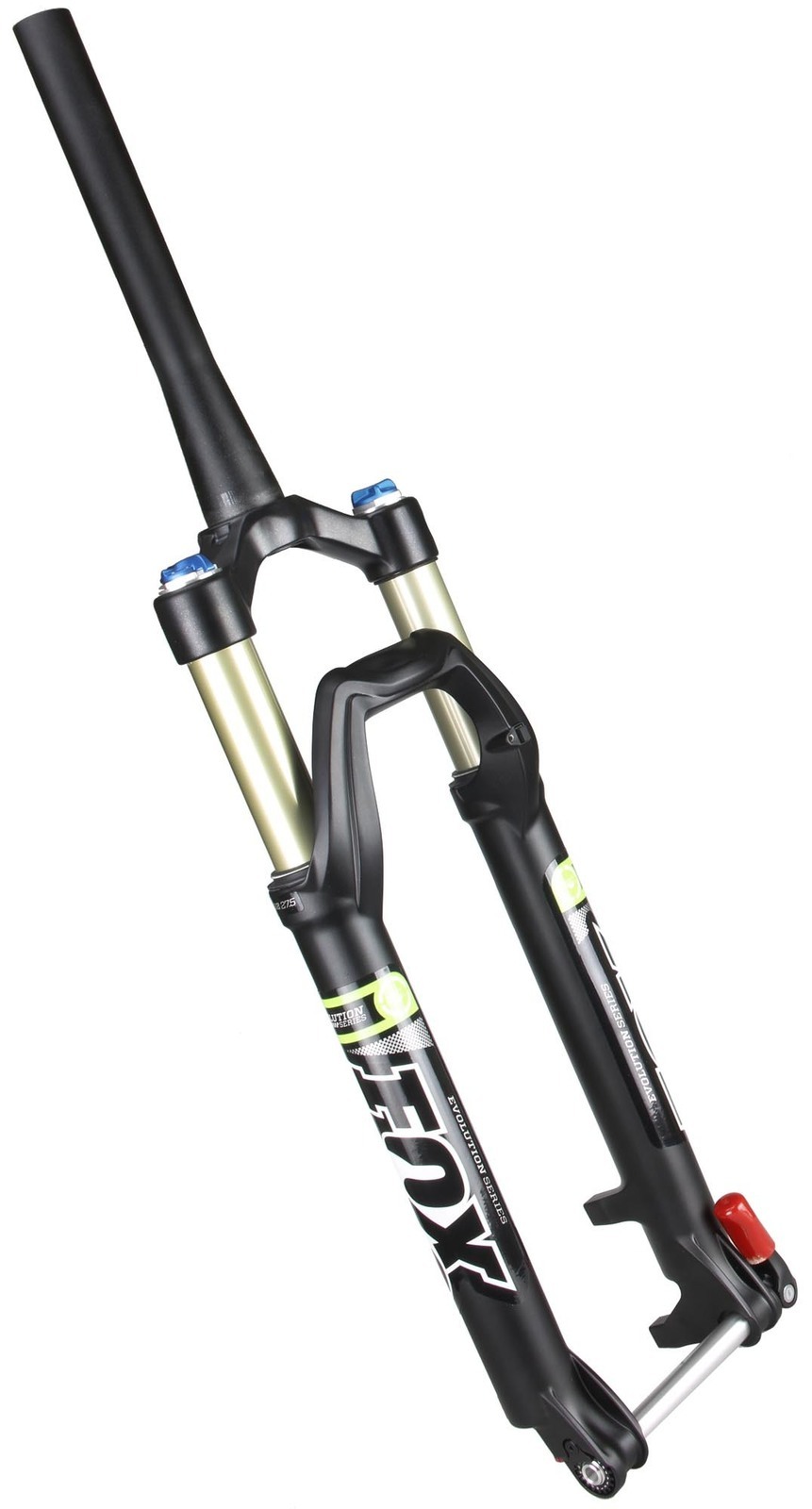A while back I noticed that the X axis would wobble a bit when the magnet in the Arrakis sand table was moving only in the X direction. This got me thinking the same could be happening in UMMD, my corexy 3D printer. I mounted a gauge on the Y axis rails and measured the movement of the ends of the X axis and found slight wobble with a period of 40 mm which I attributed to a a poorly drilled 20 tooth pulley on one of the motors:
 |
| One of the results when the cheapo pulleys were used in the printer. Note the 40mm period of the "waves" corresponding to one full rotation of the 20 tooth drive pulleys. |
I could see the belt wobble slightly as it went on/came off the A motor (left side) pulley, implying a poorly drilled hole in the pulley. Poorly drilled means either not centered, not aligned with the axis of the pulley, or too large. Any of those conditions could cause some wobble. A poorly drilled pulley acts like a cam and as it turns, it slightly modulates the belt tension. The belt tension modulation causes the X axis to wobble relative to the Y axis.
At the time I built UMMD, Gates belts and pulleys were only sold through industrial distributers who had large minimum purchase requirements. IRIC, I had to buy 50' of belt to meet the minimum sale requirement. I ordered pulleys via Ali-Express or bought them from other sources, definitely not Gates-made parts.
Recently, someone on a forum mentioned that Filastruder sells genuine Gates pulleys. I decided to order some to see if they were better than the cheapo stuff I used. The pulleys I ordered arrived in about a week. The packaging is unmarked and there are no Gates logos on anything, so I was a little skeptical and a little disappointed. I decided to install the pulleys on the printer and see if they were any better than the cheapo Ali-Express pulleys that I've been using.
I pulled the old pulleys off the motors and compared them to the new Gates pulleys- the new pulleys had thicker flanges, and the finish on the teeth was visibly smoother. Then I tried them on the motor shafts. Wow! Big difference- they fit very closely on the shafts, unlike the originals that fit loosely. I had to lightly sand one motor shaft to get the new pulley to fit (old pulley set screw galled the shaft, or maybe a little hardened lock-tite caused interference).
 |
| Chinese pulley on the left, Gates pulley on the right (I didn't take a picture of the 9mm long Gates pulley before I mounted it on the printer). Note the thicker flange at the top of the Gates pulley and the thicker base where the set-screws go in. It's hard to tell from the picture but the Gates pulley tooth finish is better than the Chinese pulley (though the Chinese pulley has been in use for several years, so maybe not a valid comparison). My caliper says the Chinese pulley has a 4.97mm hole diameter, the Gates pulley reads 4.95mm. |
Next I installed the digital gauge and reran the test file with one modification- I ran it at Y=5 and Y=-3 instead of Y=5 and Y=-35. With the old pulley, I could see visible run-out as the pulley rotated. There wasn't any visible runout with the Gates pulleys.
 |
| Gauge mounted on the right side Y axis rail to measure deflection of the end of the X axis as the extruder carriage moves along the X axis. After running tests on the right end, I ran the same tests on the left end of the X axis. |
Here are the results of the test with the new pulleys mounted on the motors:
Interesting results here. There is relatively large wobble of the left end of the X axis (attached to the left side Y axis bearing block), but it no longer has the 40mm periodicity that was evident using the original pulleys. The right side looks a lot better, with almost no deflection except for when the extruder carriage is at the far right side of the bed (at X=140 and X=145mm). I would attribute that deflection to an error in the position of the pulleys on the right side Y axis bearing block or the belt clamp on the right side of the extruder carriage that is causing the belt to go out of parallel with the X axis rail.
I don't know how to account for the greater variability measured on the left side of the X axis compared to the right side. I'm going to have to think about that for a while. If you have any ideas, post them in the comments below.
Does it matter? It's hard to say. I never saw any print quality problems I could attribute to the old pulleys, but maybe it's because I never looked for it. There are many potential sources of error in the mechanism that could lead to print quality problems. Using quality pulleys eliminates one of them. The Gates pulleys from Filastruder cost about $5 each, so using them isn't going to break anyone's budget. In future projects I'll use Gates pulleys. Filastruder also sells Gates belts in 100mm increments.
Note: I bought the pulleys myself and received no compensation for this test/post from Gates, Filastruder, or anyone else.
The data and graphs are here.

































